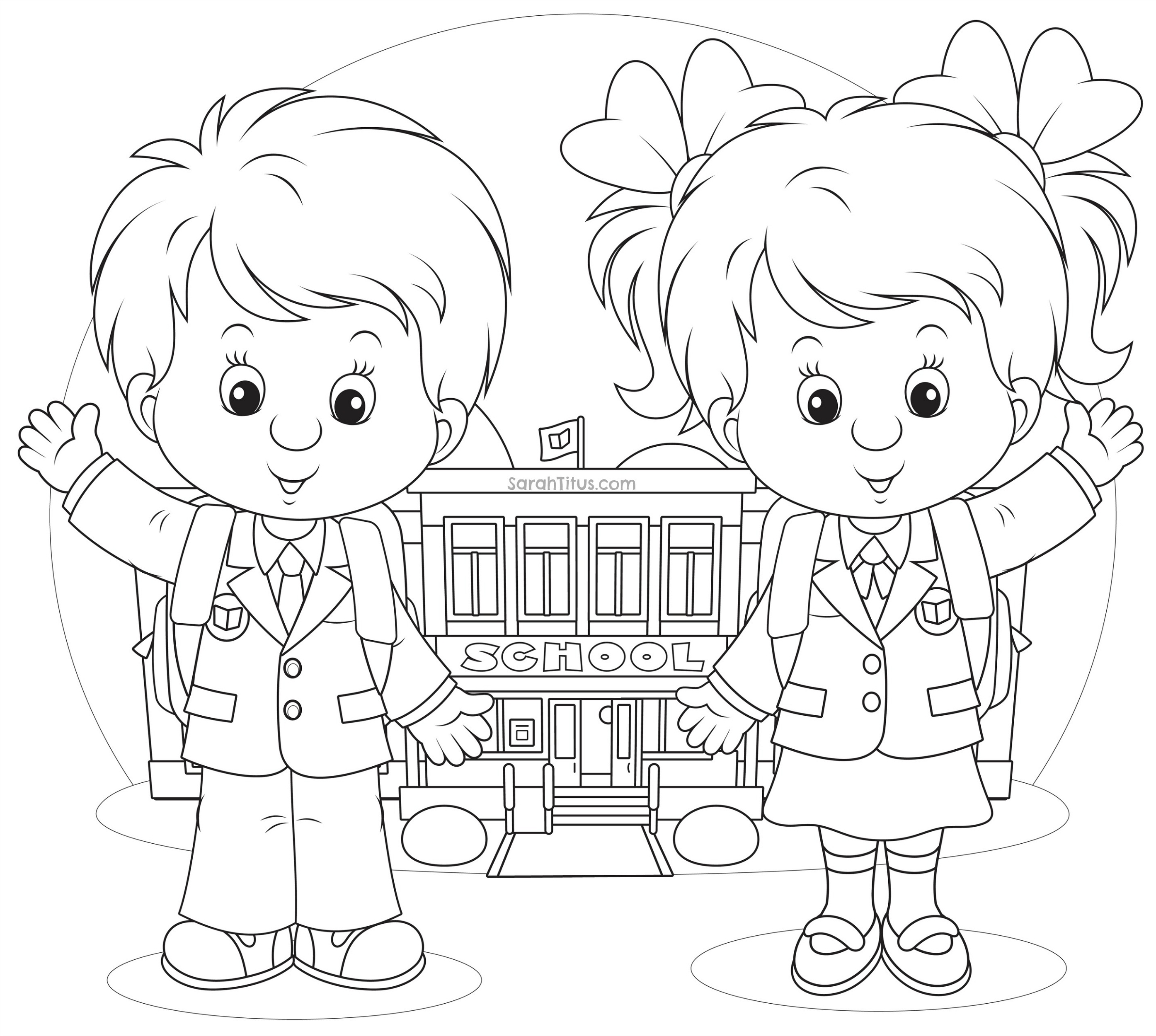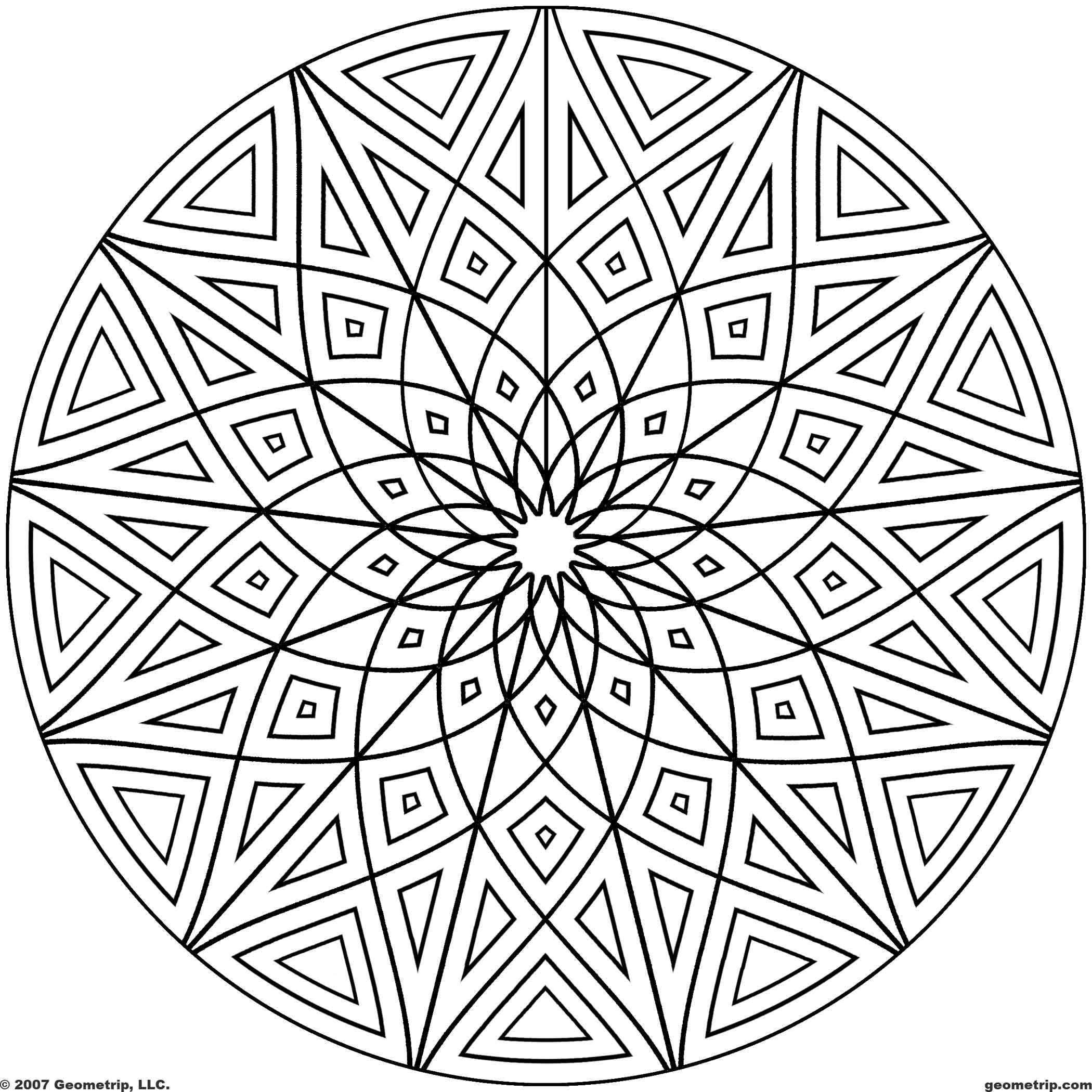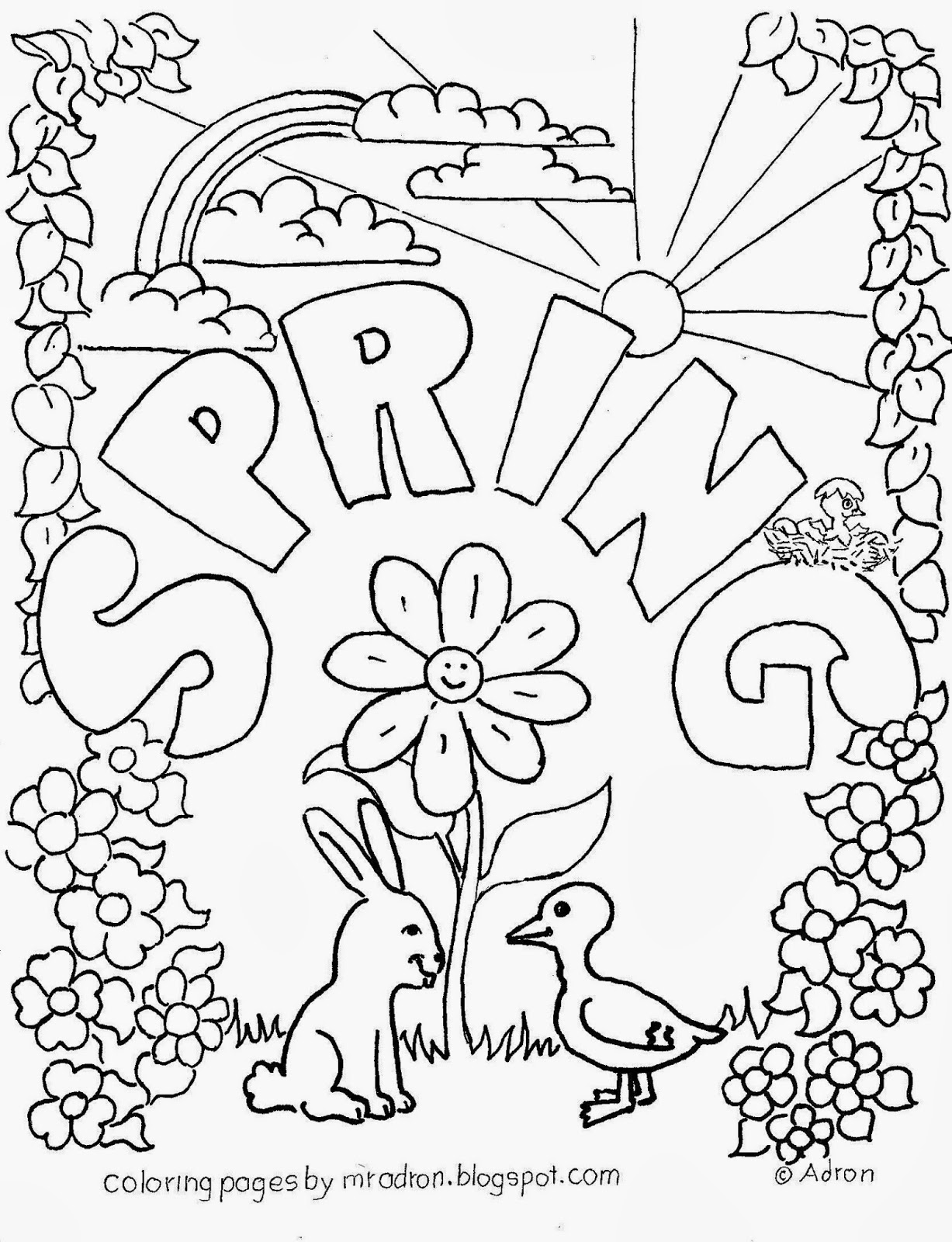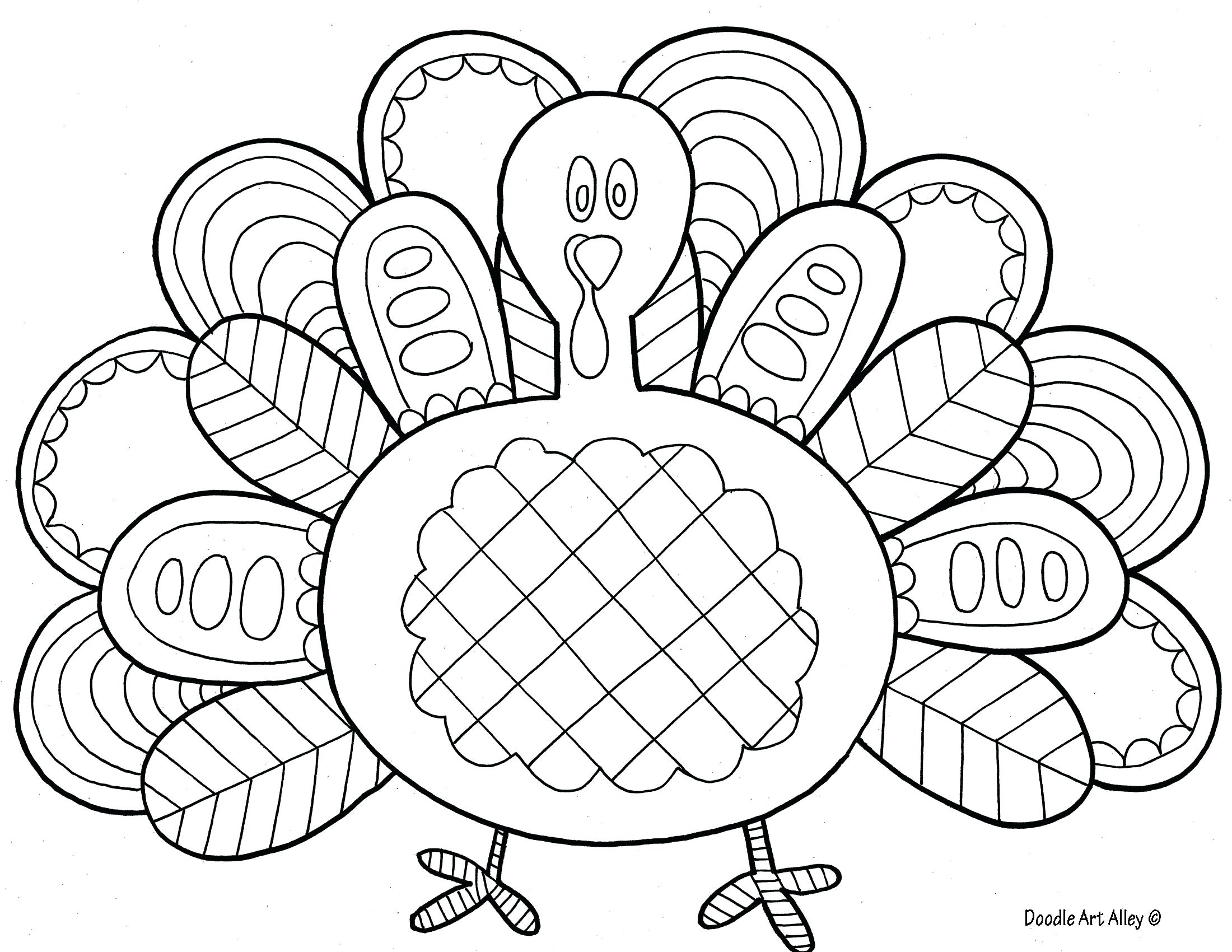Are you looking for a fun and educational activity for your elementary students? Art coloring pages for elementary students are a fantastic way to engage young learners in the world of art while also improving their fine motor skills and creativity. These coloring pages offer a wide variety of designs and themes that cater to different interests and learning styles.
Unique Features of Art Coloring Pages For Elementary Students
Art coloring pages for elementary students are not just your typical coloring pages. They offer a unique blend of education and entertainment that can benefit young learners in many ways:
- Encourages creativity and imagination
- Improves fine motor skills
- Enhances concentration and focus
- Introduces students to different art styles and techniques
- Provides a relaxing and stress-relieving activity
Benefits of Art Coloring Pages For Elementary Students
Art coloring pages for elementary students offer a range of benefits that can help improve their overall development:
- Enhances hand-eye coordination
- Boosts self-expression and confidence
- Encourages problem-solving skills
- Helps develop a sense of aesthetics and color theory
- Provides a fun and engaging way to learn about art history and famous artists
Instructions for Using Art Coloring Pages For Elementary Students
When using art coloring pages with elementary students, it’s important to provide them with the right tools and guidance to make the most of the activity:
- Use high-quality coloring materials such as colored pencils, markers, or crayons
- Encourage students to experiment with different colors and shading techniques
- Provide examples or inspiration for students who may be unsure where to start
- Allow students to express their creativity and make their coloring pages unique
Techniques for Coloring Art Coloring Pages For Elementary Students
Here are some techniques and ideas that students can use to enhance their coloring pages:
- Practice blending colors to create new shades and effects
- Experiment with different coloring styles such as stippling, cross-hatching, or pointillism
- Use different pressure levels when coloring to create light and dark areas
- Try using different textures and patterns to add depth and interest to the coloring pages
Art Coloring Pages For Elementary Students
Free Coloring Pages For Elementary Students at GetColorings.com | Free

Visual Art Coloring Pages & Printables – Classroom Doodles

21+ Art Pages For Kids : Free Coloring Pages

Cool Coloring Pages Elementary Kids – Coloring Home

Coloring Pages For Elementary School Students at GetColorings.com

Coloring Pages Art – Coloring Home

Art Coloring Pages – Creative and Relaxing Activities for All Ages

Free Coloring Pages For Elementary Students at GetColorings.com | Free

Elementary Coloring Pages Free at GetColorings.com | Free printable

